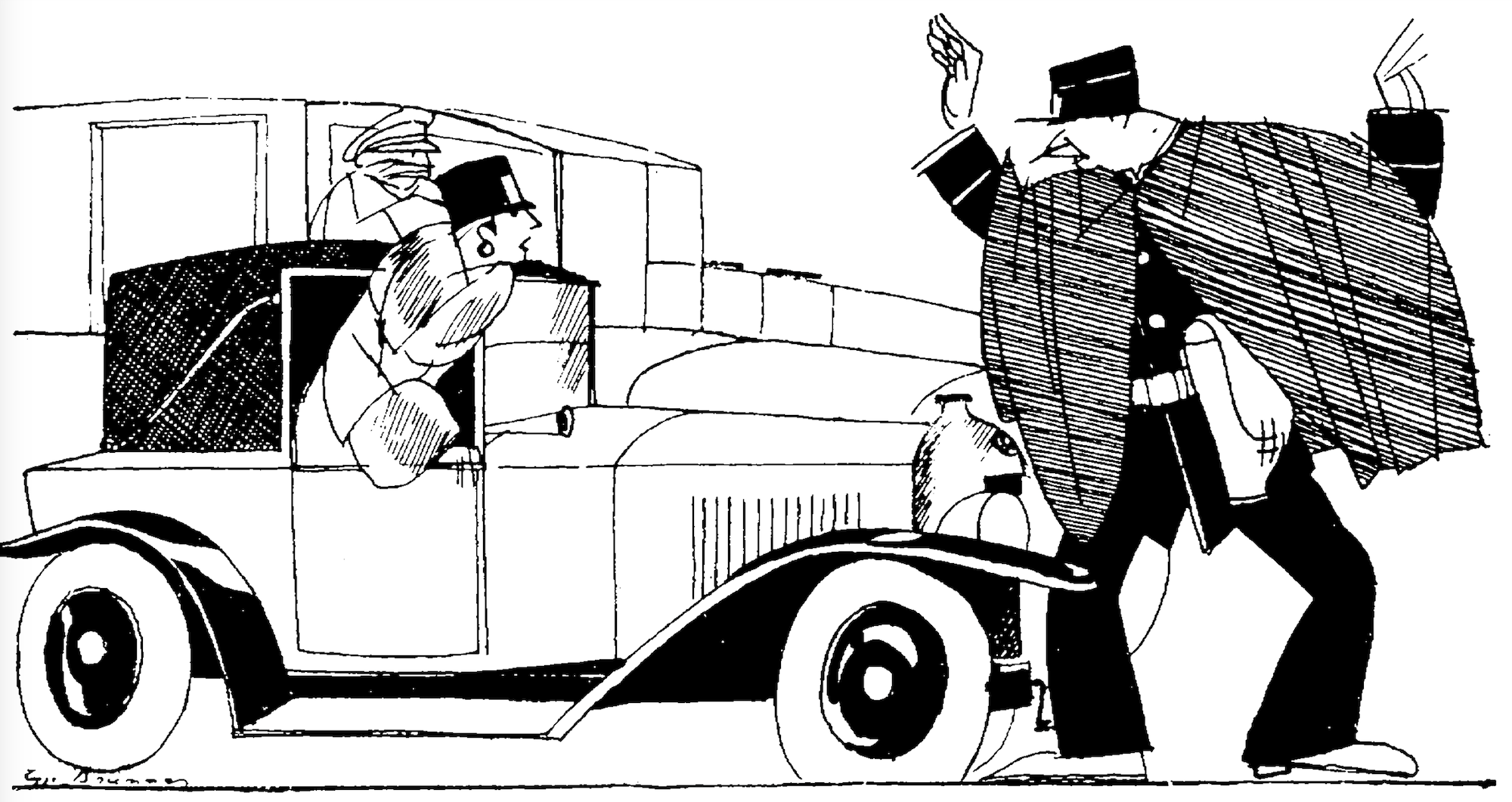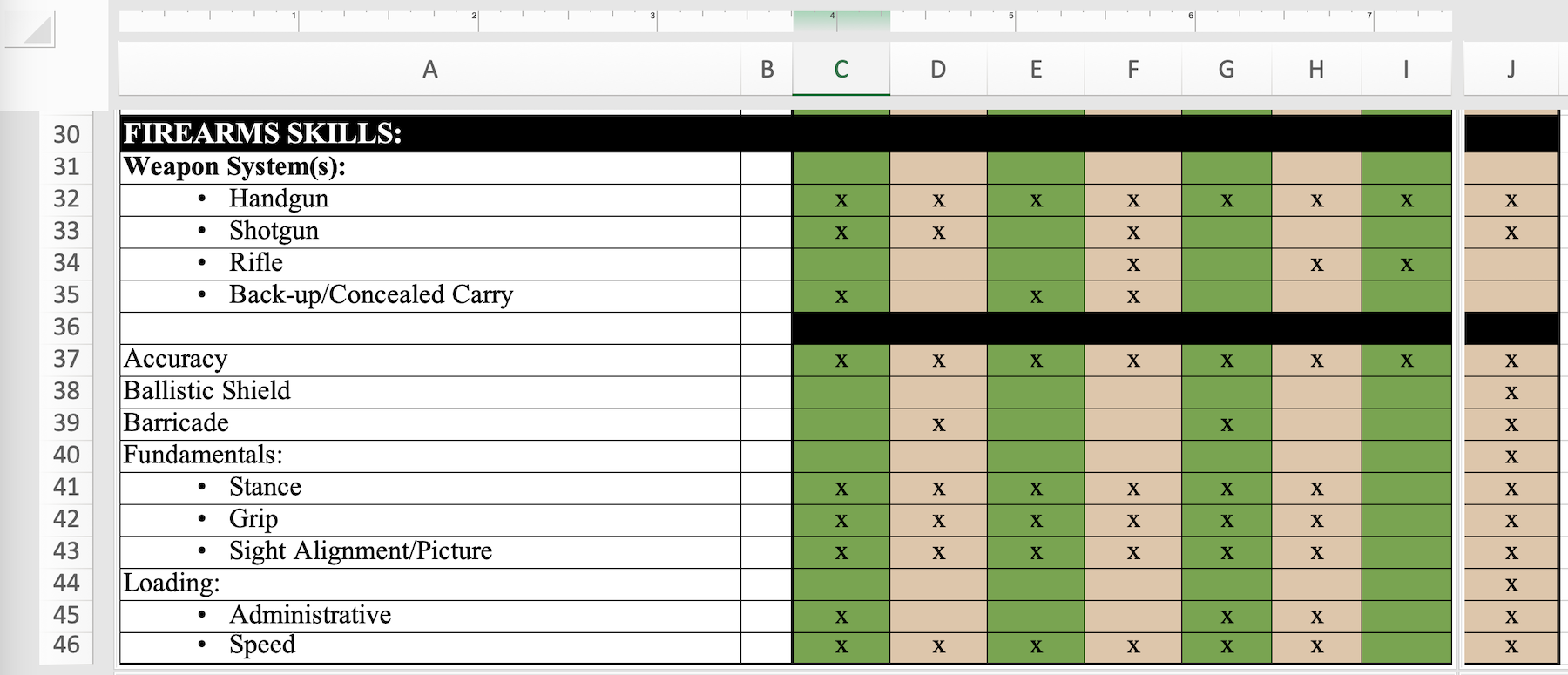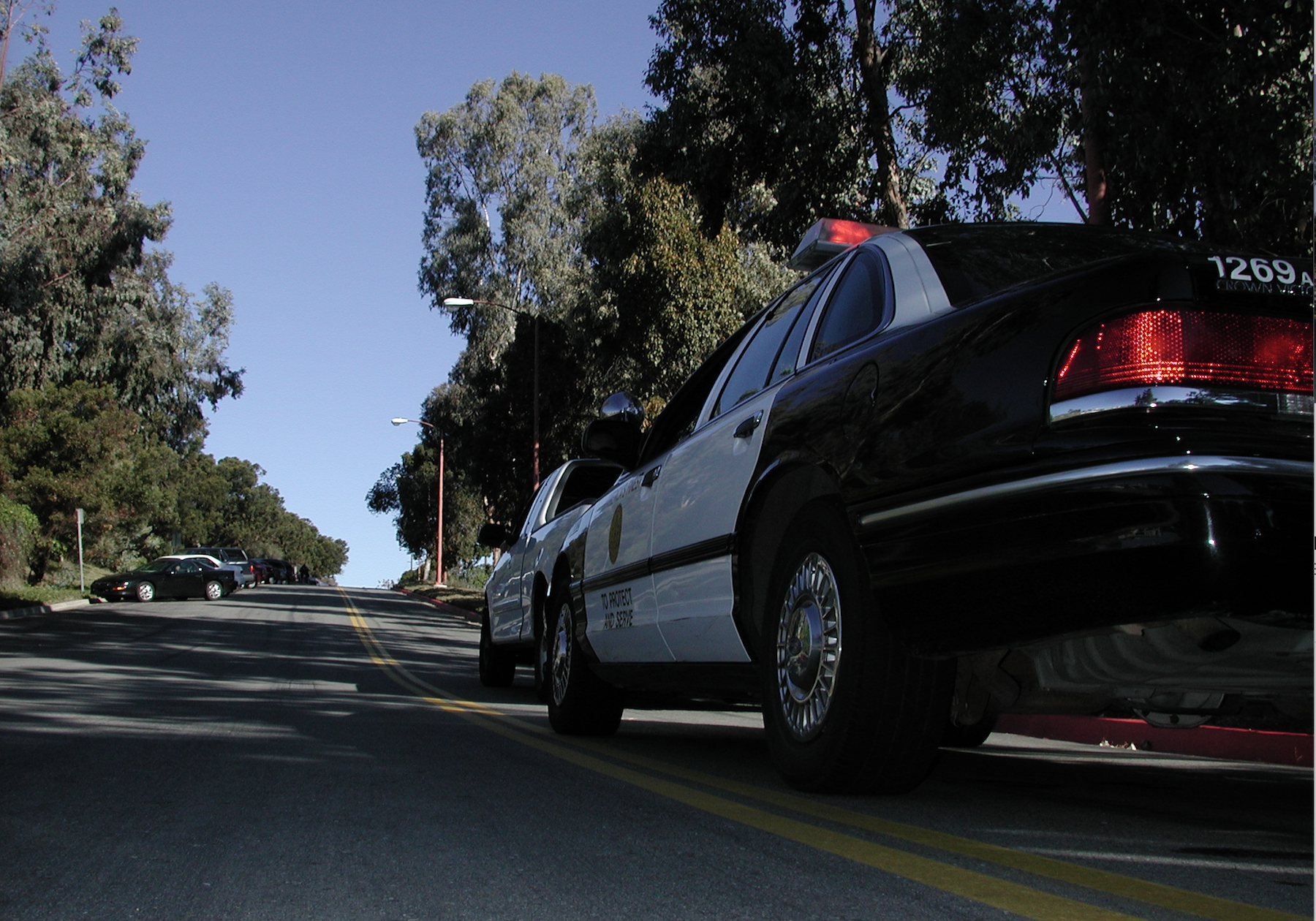
badge
Fortunately over the past several decades, great advances have been made in our profession — in tactics and technology. Today’s street cop has the potential to do more things quicker and more efficiently than any of us from prior generations in public service. Tactics have gone way beyond the old John Wayne approach to dealing with potentially violent confrontations. As much as I’m a fan of John Wayne, today’s tactics are clearly much safer for all involved than the “single officer is expected to handle everything” approach of years past.
Modern technology is state-of-the-art. The ability to determine within seconds, due to automation, whether the subject of a field interview is a wanted and dangerous felon sure beats the 45 minutes I used to wait for a Wants and Warrants return in the early years of my career. The capability of rapidly breeching a door with explosives on a no-knock warrant for a dangerous suspect is something that, had it been in place a long time ago, would’ve saved the lives of many officers. I could go on, but undoubtedly readers who use state of the art tactics and technology are very aware of what’s available to them. The question is: Are those above you in rank up to speed on what’s in use? Why is it important they be current on practices in use? And, if they’re not aware of what their officers are doing or using … whose responsibility is it to make sure they are?
Observing Others
As an agency head, I’ve always made a practice of watching how other chiefs and sheriffs respond during media briefings — particularly when they concern major incidents and, especially, officer involved shootings. My purpose has been to benefit from their experiences, to see the things they do right and the mistakes they make when dealing with the media. This, at best, can only be described as anti-law enforcement. Certainly I’ve observed briefings, which have made me proud to be part of our profession. Unfortunately, there are many times when I’m embarrassed for the agency head (and the profession in general) when a chief obviously lacks familiarity with the tactics and technology used by his or her own officers.
Watching administrators who use antiquated arguments and cite tactics and technology no longer in use, in an effort to defend the department’s actions, tells me several things. First and foremost, it tells me the boss hasn’t kept current on what his agency is doing and why.
Important? Yes. A lack of familiarity with current practices on the chief’s part can have legal repercussions for the agency. Can you say vicarious liability? It can expose the involved officers to legal jeopardy if there’s a conflict between what the chief thinks is accepted practice, and what the troops have obviously been taught. And regardless of any legal ramifications, it makes the agency look bad and erodes public confidence.
Things Change
What’s the source of the sort of disconnect I’m talking about? It’s really quite simple. The chief can’t attend every SWAT, K-9, non-lethal weapons, or pursuit class his officers do. As a practical matter, some chiefs have never attended any such courses, and if they did they were probably years ago. As noted, things change — more and more quickly today than ever before. What the chief may have learned if and when he went through SWAT school is hugely different from what is taught today. I certainly know this is true in my case. So, how do we work around this disconnect?
There are only two ways I know of to rectify this particular problem. The chief must be astute enough to pick the brains of those who attend current training when they return from said training. The chief will then not only know what his troops are learning, he can determine whether the training will be implemented department wide, or is even consistent with department policy.
Finally, those attending the training should take the initiative in seeking some of the boss’s time to give him a briefing on training content. Knowledge is a 2-way street, with both the person responsible for sending officers to training as well as those trained being on the same page. Keeping knowledge current and correct is in everyone’s best interests.
Questions, comments and suggestions for future columns can be sent to Jerry at [email protected]
By Jerry Boyd
View The American COP February 2013 Issue Today!















